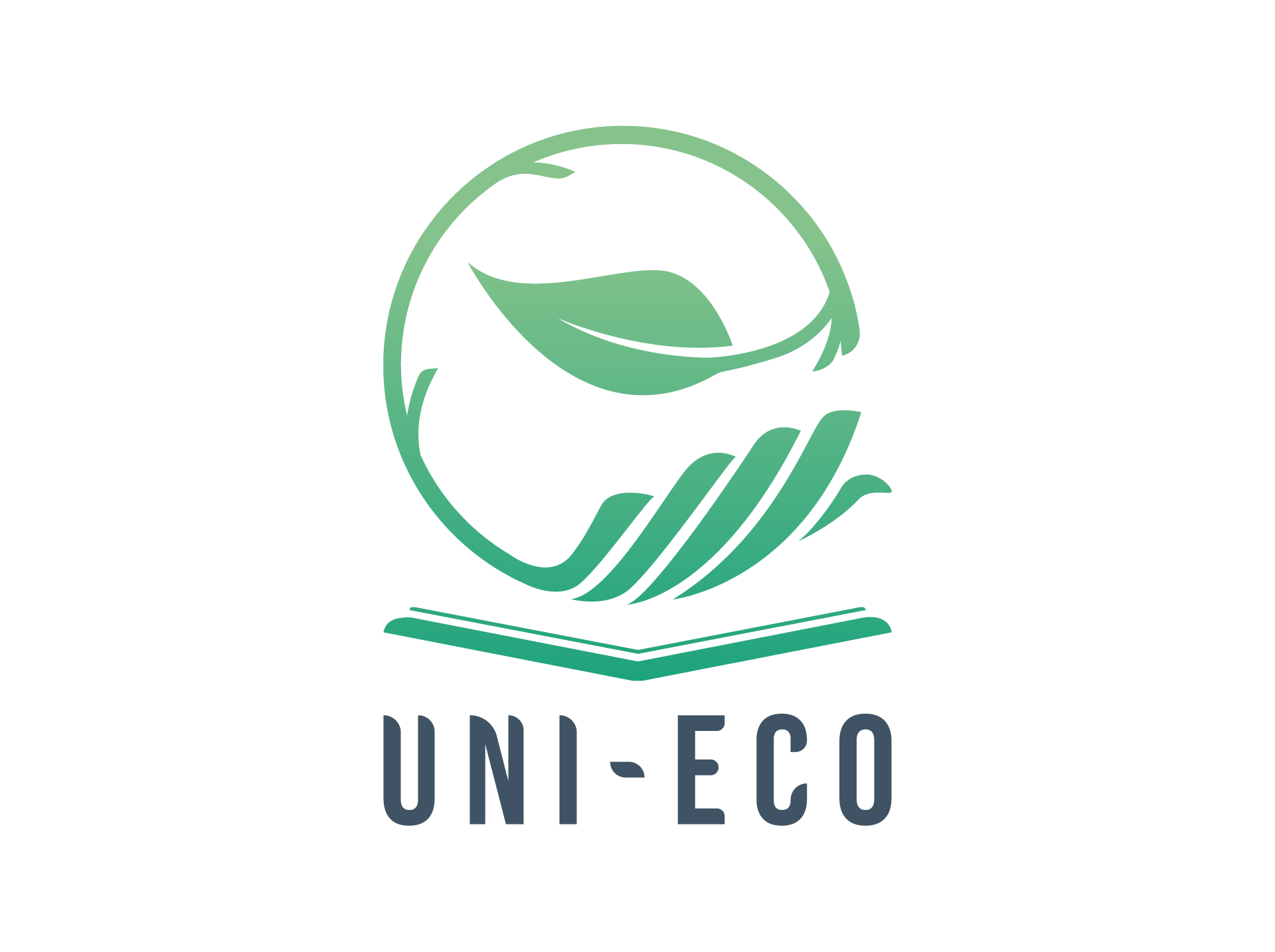Rainwater purification using photocatalyst technology
Short description
In combination with 3D printing technology, we aim to develop a novel rainwater treatment system that can be used on campus.
Long description
Water is a precious, non-renewable resource that is vital for survival. Current treatment of drinking water/wastewater results in direct and indirect emissions (CO2, CH4) (transport and energy) of greenhouse gases (GHGs). Within Dublin, the combination of population growth, climate change, and an old supply system has left the city on the verge of a water shortage. Dublin receives an average of 74.1cm of rainwater annually. This rainwater has the potential to be used to flush toilets as well as water sports fields and vegetable gardens on campus. As rainwater contains contaminants, collected rainwater cannot be immediately used to grow food, therefore, a rainwater purification system is required. Visible light-active photocatalysis technology is an advanced oxidation process that utilises sunlight to treat pollutants without importing other energy sources or emitting GHG. In combination with 3D printing technology, we aim to develop a novel rainwater treatment system that can be used on campus. We will be synthesising a self-made visible light active photocatalyst filament that would be 3D printed for rainwater treatment. We aill be testing the filaments photocatalysis treatment ability, especially for pathogen disinfection in the Watts lab. Following experimentation, a prototype shall be developed and tested on the roof of the Simon Perry building. The final output will be a novel rainwater harvest-treatment-reuse system that can be used on sunny, cloudy, and rainy days. This project is also aligned with the E3 Balanced Solutions for a Better World and Sustainable Development Goals 6,11 and 13. It would reduce the universities water usage, as well as encourage students to conserve water in their daily lives. The team consists of 3 PhD students from the Environmental Engineering department, with rich research experience and a great passion for climate action. In addition, we have full access to the laboratory and equipment.
Scope of the project
The system will on the Simon Perry building and run the system for a while to ensure effectiveness. Signposts and QR codes will be placed to educate people the importance of water conservation and introduce our technologies. A published article in Trinity newspaper will further explain the project.
Budget
Please find the detail of the budget attached.
How do you envisage dealing with COVID-19 restrictions?
All the team members are Ph.D. students and we are still able to access the lab and other equipment in the department even under COVID-19 restrictions.
University
Trinity College Dublin
Target audience
- Students
- Academic staff members
- Non-academic staff members
Expected date to be completed
06/03/2022
Team Leader Information
Name: Yifan Sun
Faculty/Department: Department of Civil, structural, and Environmental Engineering
Position: Student
Number of members of this group: 2
